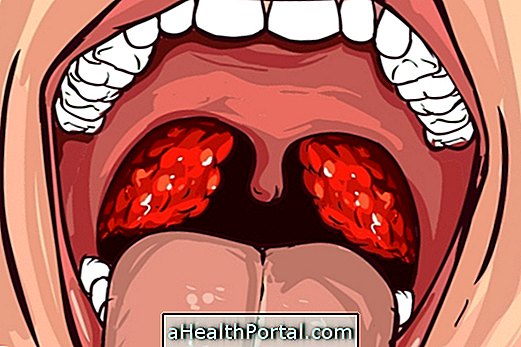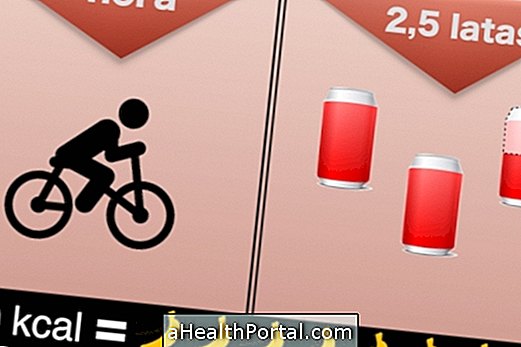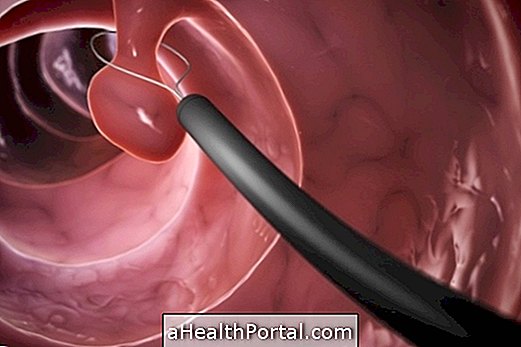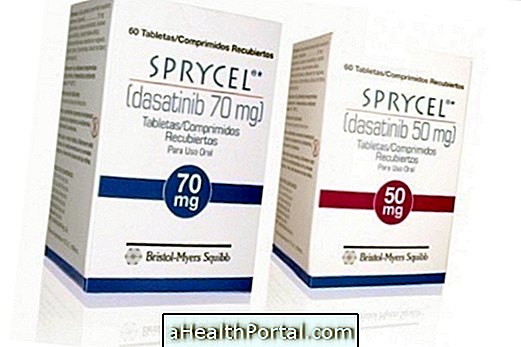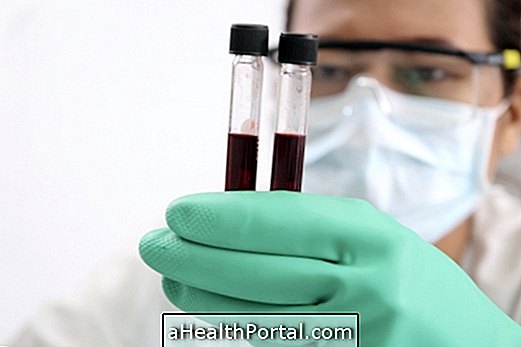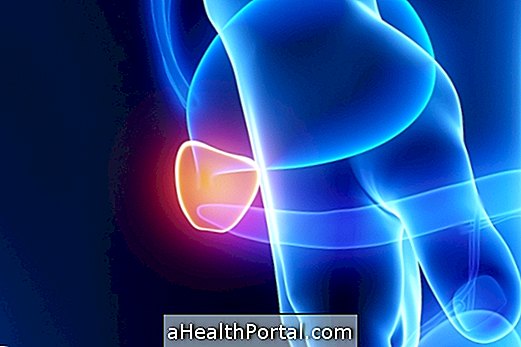Auto-transplantation of bone marrow is widely used when the patient needs to make treatments for cancer, such as chemotherapy or radiation therapy.
Normally, the process of auto-transplanting bone marrow consists of removing healthy cells from the patient's body prior to treatment and then injecting them again when the treatments are over, allowing the body to produce more healthy cells.
Auto-transplantation of bone marrow is mainly used in patients with lymphoma, multiple myeloma or leukemia, because larger doses of chemotherapy are needed to cure these types of diseases.
How Auto Marrow Transplantation Works
To perform the self-transplant of the marrow, the oncologist removes a sample of bone marrow from the patient's hip through an injection into the hip. The sample is then sent to a laboratory and, if it has no malignant cells, it is stored for use after high doses of chemotherapy.
After treatments with chemotherapy or radiotherapy, healthy bone marrow cells are injected back into the patient's bloodstream to increase production of blood cells, which are greatly reduced after cancer treatments.
How is the recovery of the auto-transplanted marrow
The total recovery of the marrow transplant lasts from a few months to two years after the transplant, however, the patient only needs to stay hospitalized until 4 weeks after the transplant, because it is during this period that there is a higher risk of infections and hemorrhages.
Auto Marrow Transplant Risks
The main risks of auto-bone marrow transplantation include:
- Nausea, vomiting or diarrhea;
- Wounds in the mouth;
- Loss of hair;
- Excessive bleeding;
- Recurrent infections, such as pneumonia;
- Infertility;
- Depression.
These risks are more common in patients with advanced cancer because of the large doses of chemotherapy that are used before transplantation.
Learn more about how bone marrow transplantation works in:
- Bone marrow transplantation
- Bone marrow donation


